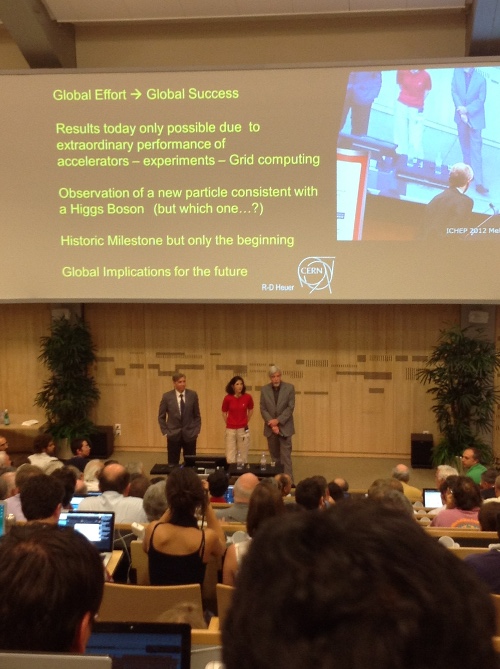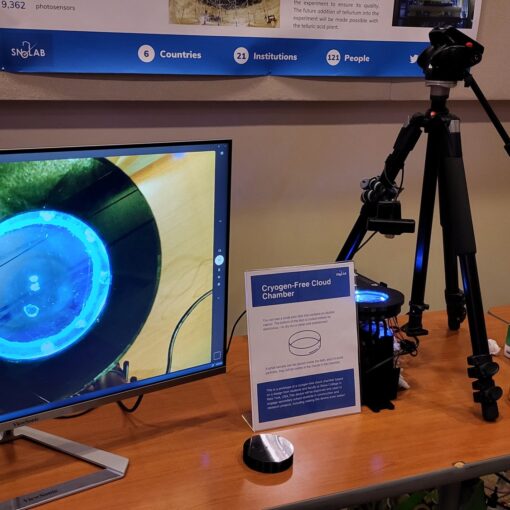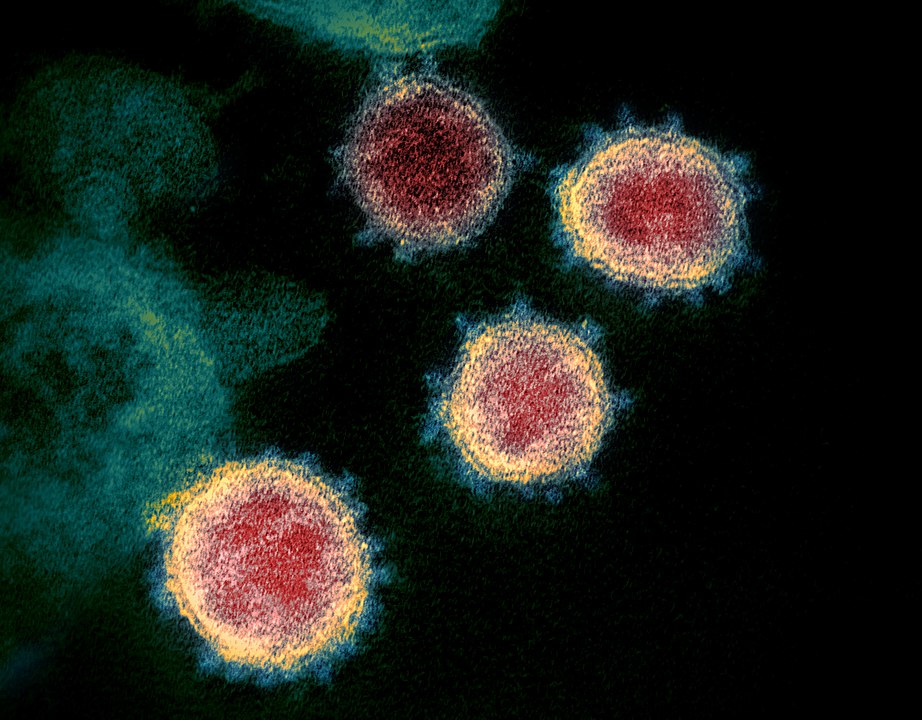What exactly are students in Kansas’ public schools to be taught about science? That was the question on my mind as I drove home tonight. I finished my dinner and sat down at my laptop, eager to pull up the science standards from Kansas to see if
At first, I was hard-pressed to see the problems. I started by skimming the table of contents and decided to focus on the 8-12 standards, since high-schoolers are really the first to get a course in serious biology. I looked at the “Life Sciences” section and found the following written about the theory of evolution, and its implications for the origin of life. The table outlines what students are to learn (on the left) and the details of that directive (on the right). Here is the table entry for evolution and the origin of life:
| 7. explains proposed scientific explanations of the origin of life as well as scientific criticisms of those explanations. |
7. Some of the scientific criticisms include:(a) A lack of empirical evidence for a “primordial soup” or a chemically hospitable pre-biotic atmosphere;
(b) The lack of adequate natural explanations for the genetic code, the (c) The sudden rather than gradual emergence of organisms near the time that the Earth first became habitable. |
From the Kansas Science Education Standards, Draft 2(d). p. 76
I then thumbed back to the beginning, to the frontmatter of the document, to see how science was discussed and whether evolution itself was noted. Indeed, I found the definition they adopt and was not disappointed by the noting of evolution:
Science is a systematic method of continuing investigation that uses observations, hypothesis testing, measurement,
experimentation, logical argument and theory building to lead to more adequate explanations of natural phenomena. Science does
so while maintaining strict empirical standards and healthy skepticism. Scientific explanations are built on observations, hypotheses,
and theories. A hypothesis is a testable statement about the natural world that can be used to build more complex inferences and
explanations. A theory is a well-substantiated explanation of some aspect of the natural world that can incorporate observations,
inferences, and tested hypotheses.
ibid, p. 76
Regarding the scientific theory of biological evolution, the curriculum standards call for students to learn about the best
evidence for modern evolutionary theory, but also to learn about areas where scientists are raising scientific criticisms of
the theory. These curriculum standards reflect the Board’s objective of: 1) to help students understand the full range of
scientific views that exist on this topic, 2) to enhance critical thinking and the understanding of the scientific method by
encouraging students to study different and opposing scientific evidence, and 3) to ensure that science education in our
state is “secular, neutral, and non-ideological.”
From the testimony and submissions we have received, we are aware that the study and discussion of the origin and
development of life may raise deep personal and philosophical questions for many people on all sides of the debate. But
as interesting as these personal questions may be, the personal questions are not covered by these curriculum standards
nor are they the basis for the Board’s actions in this area.
Evolution is accepted by many scientists but questioned by some. The Board has heard credible scientific testimony that
indeed there are significant debates about the evidence for key aspects of chemical and biological evolutionary theory.
All scientific theories should be approached with an open mind, studied carefully, and critically considered. We therefore
think it is important and appropriate for students to know about these scientific debates and for the Science Curriculum
Standards to include information about them. In choosing this approach to the science curriculum standards, we are
encouraged by the similar approach taken by other states, whose new science standards incorporate scientific criticisms
into the science curriculum that describes the scientific case for the theory of evolution.
We also emphasize that the Science Curriculum Standards do not include Intelligent Design, the scientific disagreement
with the claim of many evolutionary biologists that the apparent design of living systems is an illusion. While the testimony
presented at the science hearings included many advocates of Intelligent Design, these standards neither mandate nor
prohibit teaching about this scientific disagreement.
ibid, p. ii
At first, I was hard pressed to see any particular undermining going on here. It was, at best, subtle. There were a few obvious things that annoyed, but didn’t concern, me. Most obvious was that evolution was singled out like a lonely child, set to wear a dunce cap and stand on a milk crate in the corner. Certainly, this is not how hard-working scientists and doctors treat evolution; rather, it is central to their critical work of defeating illness or understanding the human body. No scientific theory is perfect – this is well-stated in the standard: “scientific explanations about the world
are open to criticism and . . . will be modified or abandoned in favor of new explanations if empirical evidence so warrants.” (*ibid*, p. ix)
When I stepped back from the standards, I began to see the real damage that was being done. First, there was the overall context. The definition of science that first starts to talk about scientific explanations being ” . . . modified or abandoned in favor of new explanation if empirical evidence so warrants” continues with the following: “In areas where data or
understanding is incomplete, new data may lead to changes in current theories or resolve current conflicts. In situations where
information is still fragmentary, it is normal for scientific ideas to be incomplete, but this is also where the opportunity for making
advances may be greatest” (*ibid, p. ix*). This is all fine and good, and certainly true. However, this alone is not the problem.
The science standards document singles out evolution in the frontmatter. Why? We have to infer the reason from the statements in the document: ” . . . we are aware that the study and discussion of the origin and development of life may raise deep personal and philosophical questions for many people on all sides of the debate” (*ibid, p. ii*). The document continues and says that this debate did not inform the decisions of the panel, but I am skeptical about this because (1) they refer to their hearings, which were nothing but a debate with little content, as informing the document and (2) the only theory they raise any skepticism about is evolution, which they single-out as being controversial.
Let me give some evidence for these conclusions. First, there is the statement I’ve reported above: “The Board has heard credible scientific testimony that indeed there are significant debates about the evidence for key aspects of chemical and biological evolutionary theory.” This is a key statement that suggests their policy was, in fact, informed by a debate based on personal beliefs and not consensus in the scientific community. I’ve previously noted [SteveBlog46] [StevesBlog48] [StevesBlog49] [StevesBlog51] [StevesBlog53] that the hearings were full of opinion and dogma from those who seek to inject randomness, opinion, and supernaturality into science. This was, in fact, all that the board heard because scientific organizations refused to participate in hearings that they perceived as bent toward mixing religion and science in a dangerous public forum. Many of the witnesses were not even scientists, but journalists or other individuals without formal training or practice in science. The statement is also misleading, because many of the scientists from whom they derived “credible scientific testimony” were not even biologists or evolutionary biologists, the very people in the best position to judge the theory of evolution.
As for my second point of skepticism, that the only theory they single out for criticism (which they publicly state encourages academic freedom), there is clear and ample evidence of this fact. Let’s consider each of the grade ranges (K-2, 3-4, 5-7, 8-12) and each of the subjects they define as critical for each range (Science as Inquiry, Physical Science, Physics, Chemistry, Earth and Space science, Science and Technology, Science and the Environment, and History and Nature of Science). Keep in mind the way that they cite specific criticisms of evolution in their point 7 (page 76) on Life Sciences and the theory of evolution.
K-2 focuses on making observations (solid vs. liquid states, heat and light, sounds, etc.). It’s focused on teaching students how to make and describe observations. The emphasis is not on hypothesis or experiment. Grades 3-4 are to focus on asking questions, and learning how to investigate those questions (for instance, how much water can a sponge hold?). Grades 5-7 appear to be focused on not just inquiry, experiment, and observation, but also comparative inquiry (which design is better than another?). They are to learn the relationship between evidence and questions. Grades 8-12 are intended to engage the students at all levels, designing programs of scientific inquiry and reporting their results, as well as learning high-level concepts about the universe.
In none of the sections for grades K-12 are any criticisms leveled toward physical or chemical theory, earth science (eg. composition of the earth), or space science (stellar theory, for instance). There are many shortcomings in the most advanced and fundamental theories from all of these branches of science. A few come to mind. In chemistry, we talk about chemical reactions between atoms as if they were a well-defined series of events happening in a movie; however, nobody has ever been able to directly observe what occurs during a reaction, and the behavior is inferred from both descriptions of nature in classical and quantum physics. Only with the next generation of x-ray lightsource, with femtosecond time resolution, will we truly “observe” chemical reactions with fine-grained time resolution. In physics, the Standard Model of particle physics is the best theory of nature we’ve ever built. But it fails to predict how the universe behaves above the weak energy scale, or about 1 TeV. In earth science, we have inferred from chemistry, materials science, and indirect observation that the source of the Earth’s heat is in part due to nuclear reactions in the core. Only in the coming decade will experiments be sensitive enough to actually test this hypothesis.
None of this is mentioned. Only evolution is singled out for criticism **in the standard**, and this is patently unfair, apart from being misleading. So, let’s look at the pattern that, when you view it from a distance, paints the biased picture inherent in these standards. First, science is defined and we are told that “In areas where data or
understanding is incomplete, new data may lead to changes in current theories or resolve current conflicts. In situations where
information is still fragmentary, it is normal for scientific ideas to be incomplete, but this is also where the opportunity for making
advances may be greatest.” Then we are told that there is ” . . . credible scientific testimony that indeed there are significant debates about the evidence for key aspects of chemical and biological evolutionary theory.” Then students in 8-12 are singled out and told that they must learn to explain ” . . . proposed scientific explanations of the origin of life as well as scientific criticisms of those explanations.” The standard goes on to note what the board sees as specific shortcomings, for instance that evolution can’t explain the apparent ” . . . sudden rather than gradual emergence of organisms near the time that the Earth first became habitable.”
All of this points to one conclusion: the board singles out evolution as controversial and requires teachers to mold students to echo this point. A student is expected to recite criticisms on evolution, but no other scientific theory (although in the frontmatter they claim it’s important to be free to criticize all theories). The students and teachers are led to infer, by making evolution a lonely child, that evolution is somehow a “theory in crisis”, or at least one where scientists have regular disagreements about it as a theory.
Of course, as any rational person knows, the overall conclusions of evolution have been upheld for over a hundred years. The underlying specific mechanisms that encourage evolution or natural selection are debated, but experiments are then carried out to prove one side or the other. The criticisms leveled by the board are typical “negative arguments” against evolution (“evolution doesn’t explain A, so evolution must be in trouble”), rather than a recitation of serious scientific debates currently ongoing about the specifics of natural selection.
At first, I couldn’t see the problem. But as with a Seurat painting, while each dot by itself appears an isolated and singularly disinteresting object, stepping back reveals the structure and pattern of the art. I begin to see in this Kansas science standard the kind of pointillism practiced by those who would let their personal fear and belief override the quality of a child’s science education.
.. [StevesBlog46] http://steve.cooleysekula.net/blog/?p=853
.. [StevesBlog48] http://steve.cooleysekula.net/blog/?p=851
.. [StevesBlog49] http://steve.cooleysekula.net/blog/?p=850
.. [StevesBlog51] http://steve.cooleysekula.net/blog/?p=848
.. [StevesBlog53] http://steve.cooleysekula.net/blog/?p=846




